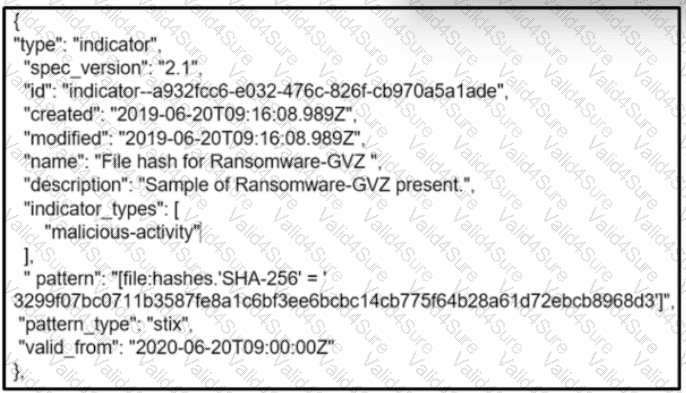300-215 Exam Dumps - Conducting Forensic Analysis and Incident Response Using Cisco CyberOps Technologies (CBRFIR)
Searching for workable clues to ace the Cisco 300-215 Exam? You’re on the right place! ExamCert has realistic, trusted and authentic exam prep tools to help you achieve your desired credential. ExamCert’s 300-215 PDF Study Guide, Testing Engine and Exam Dumps follow a reliable exam preparation strategy, providing you the most relevant and updated study material that is crafted in an easy to learn format of questions and answers. ExamCert’s study tools aim at simplifying all complex and confusing concepts of the exam and introduce you to the real exam scenario and practice it with the help of its testing engine and real exam dumps
An organization uses a Windows 7 workstation for access tracking in one of their physical data centers on which a guard documents entrance/exit activities of all personnel. A server shut down unexpectedly in this data center, and a security specialist is analyzing the case. Initial checks show that the previous two days of entrance/exit logs are missing, and the guard is confident that the logs were entered on the workstation. Where should the security specialist look next to continue investigating this case?
An engineer is analyzing a ticket for an unexpected server shutdown and discovers that the web-server ran out of useable memory and crashed.
Which data is needed for further investigation?
A cybersecurity analyst detects fileless malware activity on secure endpoints. What should be done next?

